Paris: Explore the Starry Path of History
Join us on a captivating free walking tour through Paris, tracing a five-pointed star path that unveils the city's rich culture and iconic landmarks.
Time
3 Hours
Stops
9 Places
Distance
6.5 km
Notre-Dame Cathedral
Begin your exploration at the iconic Notre-Dame Cathedral, a masterpiece of French Gothic architecture, marking the first point of our star.
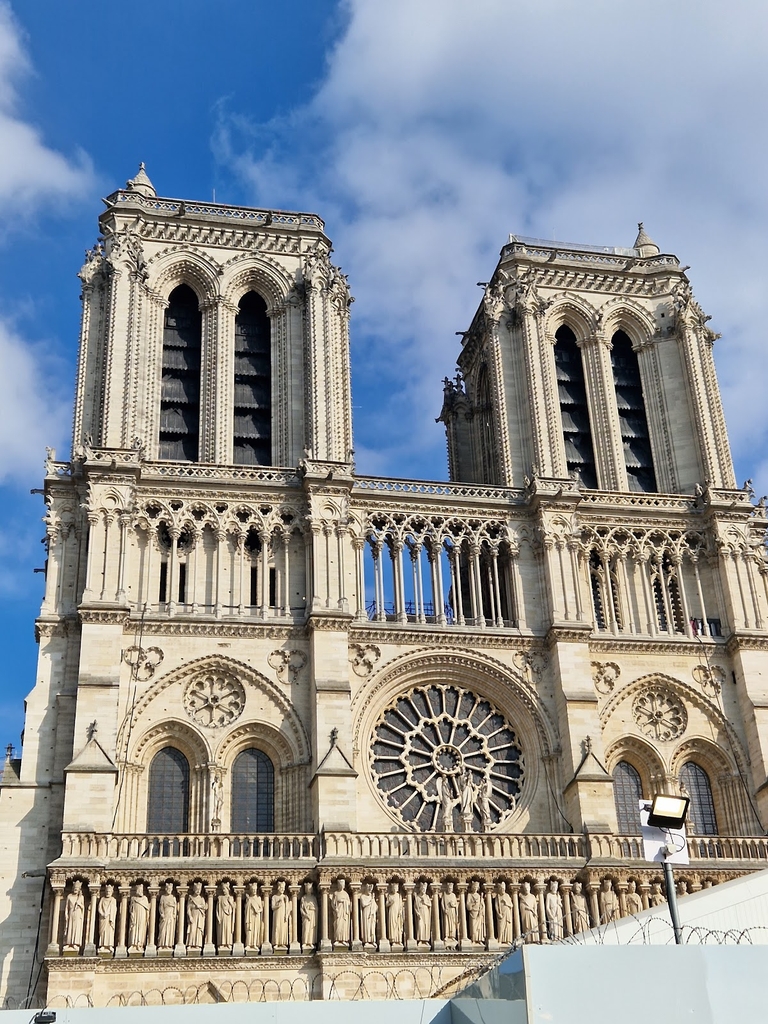
Notre-Dame Cathedral (Source: Google Maps)
Notre-Dame Cathedral, an enduring symbol of Paris, is a stunning example of French Gothic architecture. Construction began in 1163 and was largely completed by the 14th century. The cathedral is renowned for its intricate sculptures, stained glass windows, and flying buttresses, which exemplify the innovative design of the period. As a centerpiece of Parisian religious life, it has hosted numerous significant events, including royal weddings and state funerals. The cathedral was also a focal point during the French Revolution, when many of its treasures were destroyed or looted. Despite the devastating fire in 2019, restoration efforts are underway to revive this iconic landmark, ensuring it continues to inspire future generations.
Shakespeare and Company
Head to this legendary English-language bookstore, a haven for literary lovers, located just across the Seine from Notre-Dame.

Shakespeare and Company (Source: Google Maps)
Shakespeare and Company, an iconic English-language bookstore, has been a cultural haven since its founding in 1919 by Sylvia Beach. Nestled in the heart of the Latin Quarter, this literary sanctuary has welcomed countless authors, including Ernest Hemingway, James Joyce, and F. Scott Fitzgerald. The store is not just a bookstore; it has served as a gathering place for writers and intellectuals, fostering a vibrant literary community. The charming atmosphere, complete with cozy reading nooks and a rich collection of new and used books, invites visitors to explore and immerse themselves in literature. The store's history is deeply intertwined with the literary movements of the 20th century, making it a must-visit for book lovers and history enthusiasts alike.
Panthéon
Continue to the Panthéon, a neoclassical mausoleum housing the remains of distinguished French citizens, fittingly situated to form the second point of our star.
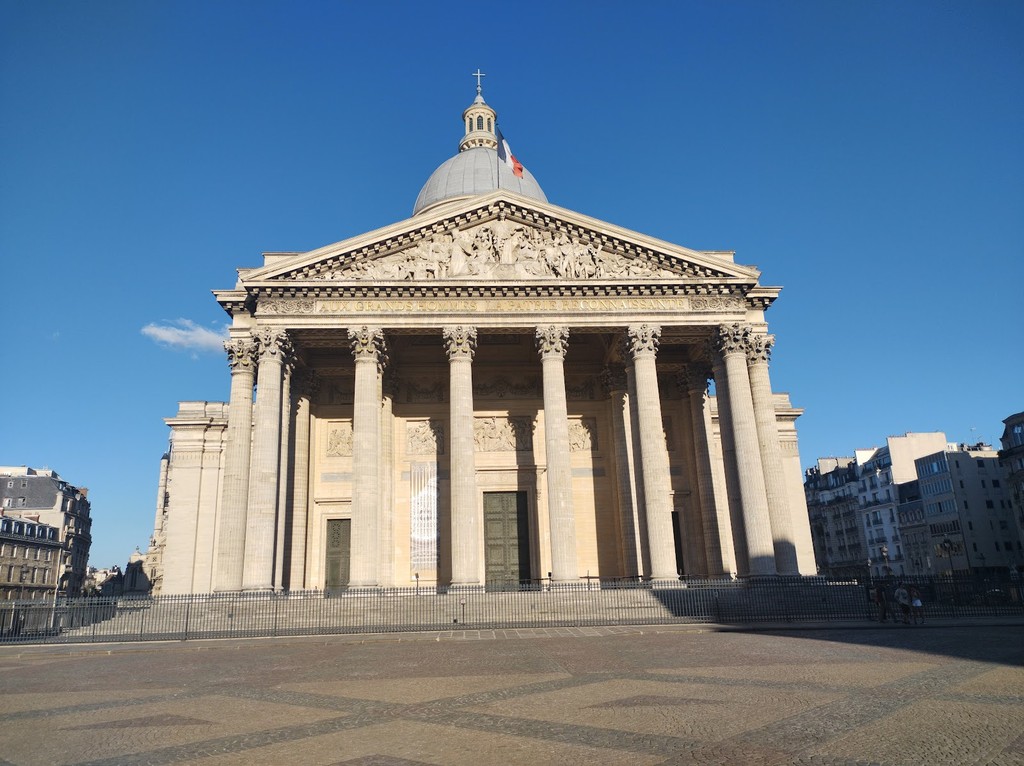
Panthéon (Source: Google Maps)
The Panthéon, a remarkable neoclassical mausoleum, stands as a tribute to France's most distinguished citizens. Originally constructed as a church dedicated to St. Genevieve, its transformation into a mausoleum began in the late 18th century. The Panthéon houses the remains of notable figures such as Voltaire, Rousseau, Victor Hugo, and Marie Curie, reflecting the nation's reverence for its intellectual and cultural heritage. The architecture, designed by Jacques-Germain Soufflot, features a grand dome and impressive columns, showcasing the elegance of neoclassical design. Visitors can explore the crypt, adorned with intricate mosaics and sculptures, while the stunning interior boasts a beautiful nave and remarkable frescoes. The Panthéon not only serves as a burial site but also as a symbol of national pride and unity, celebrating the contributions of influential French figures.
Luxembourg Gardens
Enjoy the serene beauty of the Luxembourg Gardens, a perfect spot to relax and soak in the Parisian atmosphere as you trace the third point of the star.

Luxembourg Gardens (Source: Google Maps)
Luxembourg Gardens, a picturesque oasis in the heart of Paris, was created in the 17th century for Queen Marie de' Medici. Spanning over 25 hectares, these gardens are a harmonious blend of French formal and English informal styles, featuring beautifully manicured lawns, vibrant flowerbeds, and serene tree-lined pathways. The gardens are home to several notable statues, fountains, and the stunning Medici Fountain, which adds to the enchanting ambiance. Visitors can enjoy leisurely strolls, picnics, or simply relax by the fountains while soaking in the tranquil atmosphere. The gardens also host various cultural events, art exhibitions, and open-air concerts, making them a vibrant hub of Parisian life. As a popular spot for both locals and tourists, the Luxembourg Gardens invite everyone to experience the beauty and serenity of nature in the city.
Saint-Sulpice Church
Visit the grand Saint-Sulpice Church, known for its stunning architecture and beautiful interior, completing another point of our star.

Saint-Sulpice Church (Source: Google Maps)
Saint-Sulpice Church, one of the largest and most celebrated churches in Paris, exemplifies the grandeur of Baroque architecture. Construction began in 1646 and continued for over a century, resulting in a unique blend of styles, including neoclassical and Gothic elements. The church is renowned for its stunning interior, adorned with magnificent frescoes by Delacroix and an impressive organ, which is one of the largest in France. Saint-Sulpice also features a remarkable gnomon, a solar device that has been used for astronomical observations since the 18th century. The church's lively atmosphere is enhanced by the surrounding square, where locals gather and artists showcase their talents. As a place of worship and cultural significance, Saint-Sulpice continues to attract visitors with its architectural beauty and rich history.
Café de Flore
Pause for a refreshment at Café de Flore, one of the oldest coffeehouses in Paris, frequented by famous intellectuals and artists.
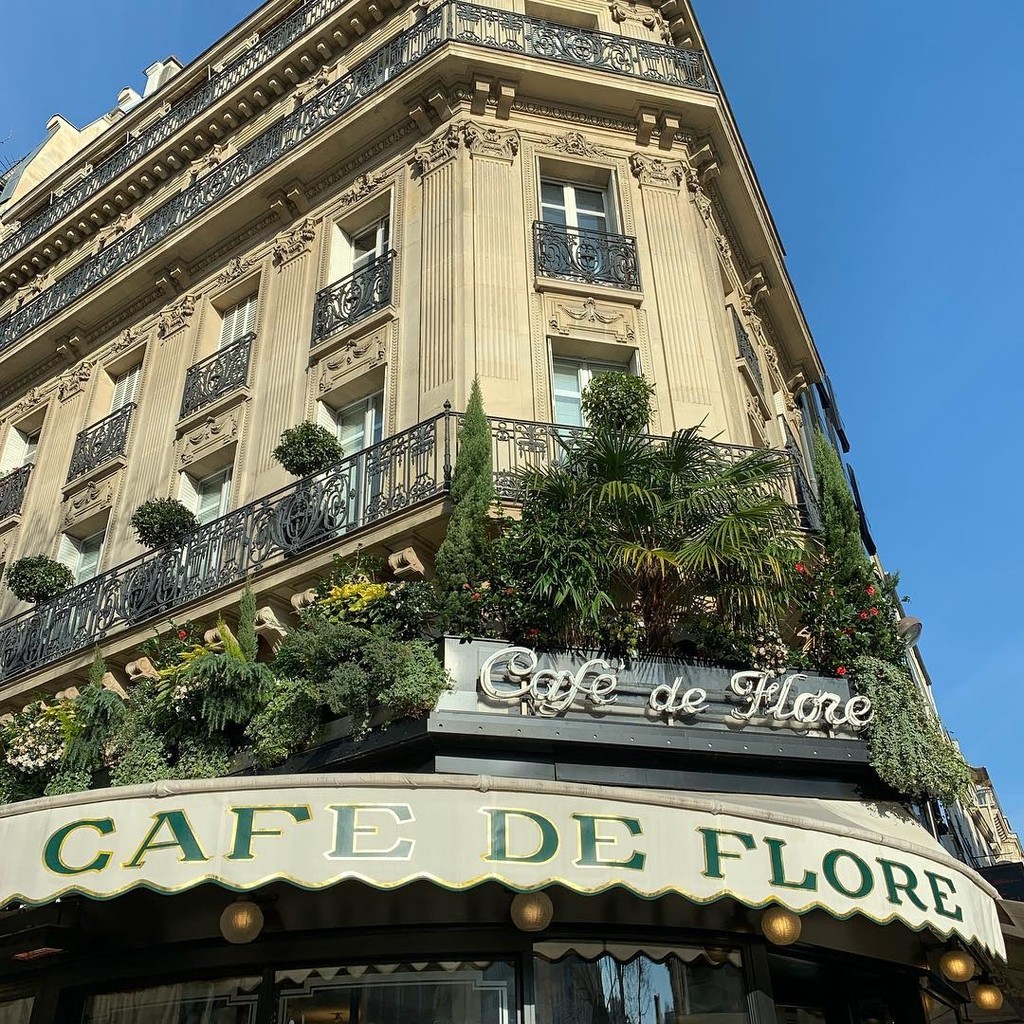
Café de Flore (Source: Google Maps)
Musée d'Orsay
Discover the world-renowned Musée d'Orsay, home to an extensive collection of Impressionist and Post-Impressionist masterpieces, forming another point on our star path.
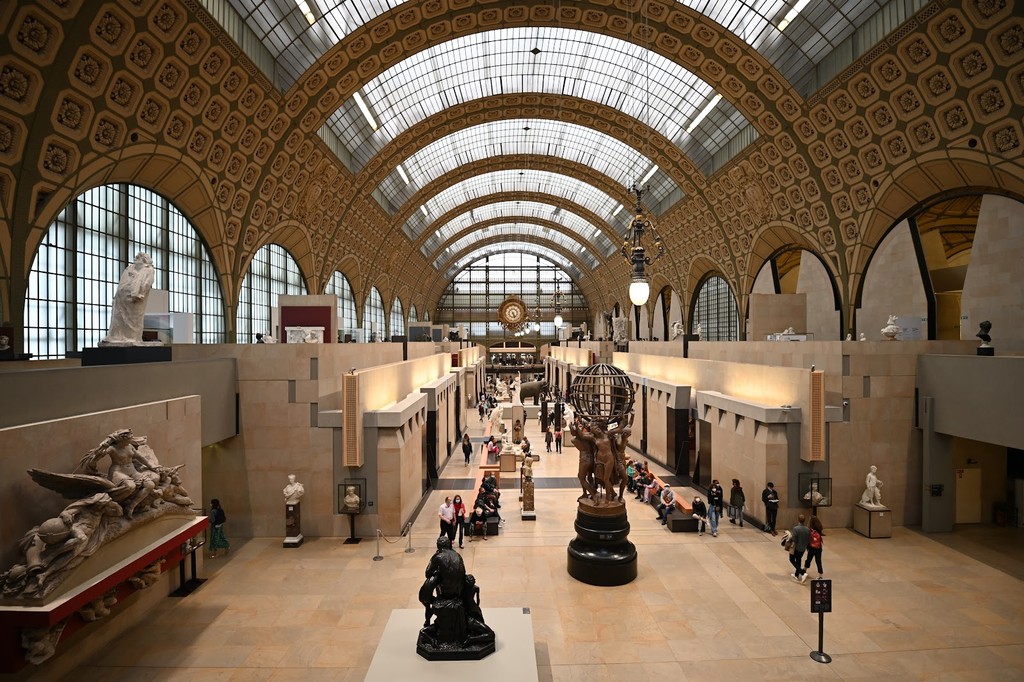
Musée d'Orsay (Source: Google Maps)
The Musée d'Orsay, housed in a former Beaux-Arts railway station, is a treasure trove of Impressionist and Post-Impressionist masterpieces. Opened in 1986, the museum boasts an extensive collection of works by renowned artists such as Monet, Van Gogh, Degas, and Renoir. The building itself is a work of art, featuring a stunning clock and grand galleries that create an inviting atmosphere for art lovers. Visitors can explore the diverse exhibitions that showcase the evolution of art from the mid-19th century to the early 20th century, highlighting the innovative techniques and styles that defined this transformative period. The museum's commitment to preserving and promoting artistic heritage makes it a vital cultural institution in Paris, attracting millions of visitors each year who come to admire its world-class collection.
Place de la Concorde
Walk to the historic Place de la Concorde, a significant public square that beautifully completes the final point of our star.
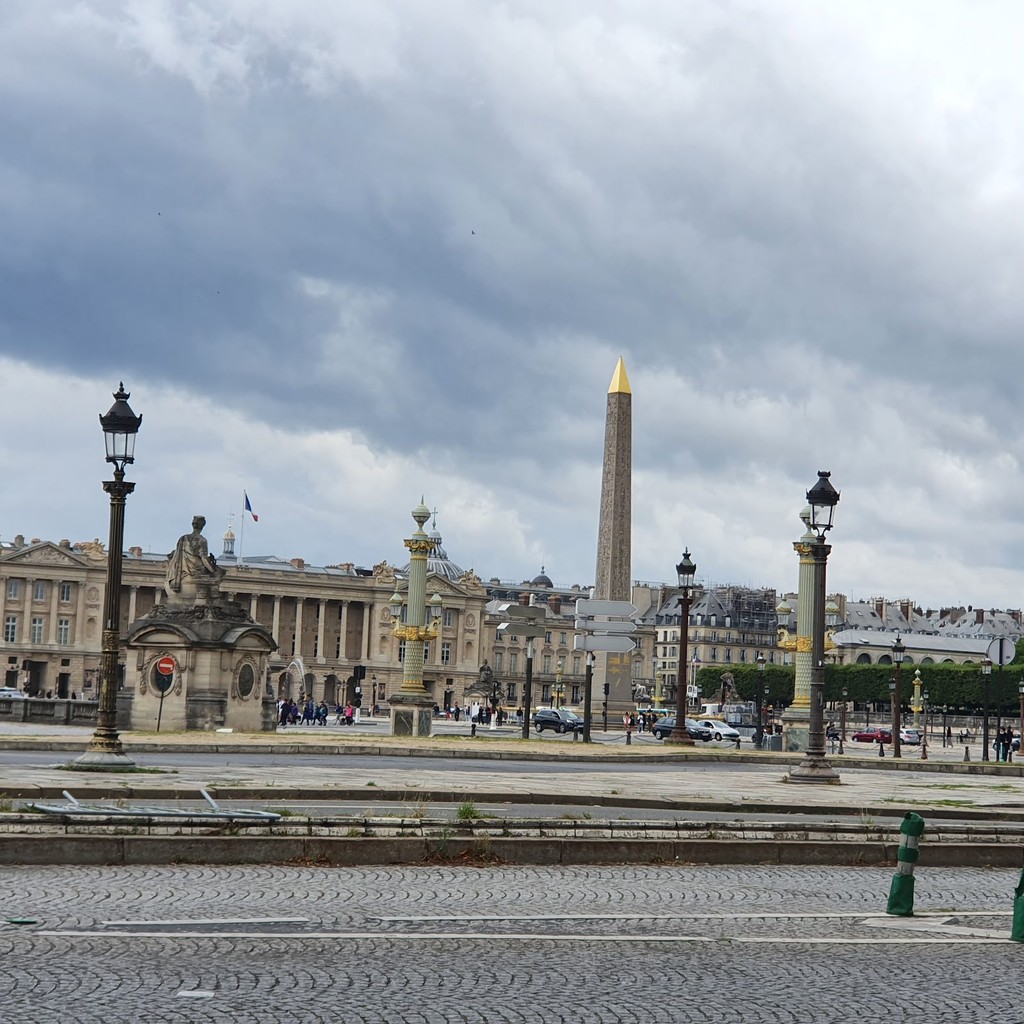
Place de la Concorde (Source: Google Maps)
Place de la Concorde, one of Paris's largest and most famous public squares, is steeped in history and grandeur. Originally designed in the 18th century, the square has undergone significant transformations over the years. It is home to the iconic Luxor Obelisk, a gift from Egypt, which stands as a testament to Paris's historical connections with other cultures. The square has been the site of numerous historical events, including royal ceremonies, public executions during the French Revolution, and celebrations of national importance. Surrounded by beautiful fountains, statues, and elegant buildings, the Place de la Concorde serves as a central hub in Paris, offering stunning views of the Champs-Élysées and the Tuileries Garden. Today, it remains a vibrant gathering place for locals and tourists alike, embodying the rich history and culture of the city.
Ladurée Champs-Élysées
Conclude your tour with a sweet treat at Ladurée on the Champs-Élysées, famous for its exquisite macarons and elegant atmosphere.
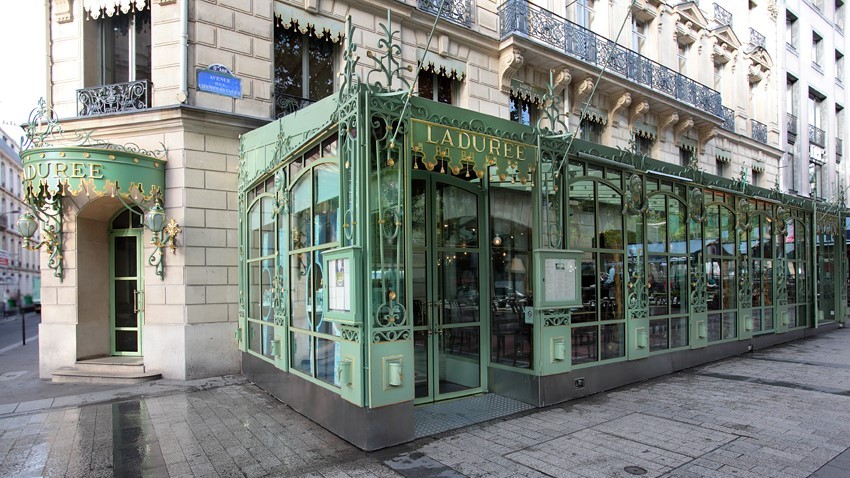
Ladurée Champs-Élysées (Source: Google Maps)

Your travels, your rules.
Create your own Free Walking Tours.
Set your preferences, distances and anything you want to do or see.
Completely free, no payment required.